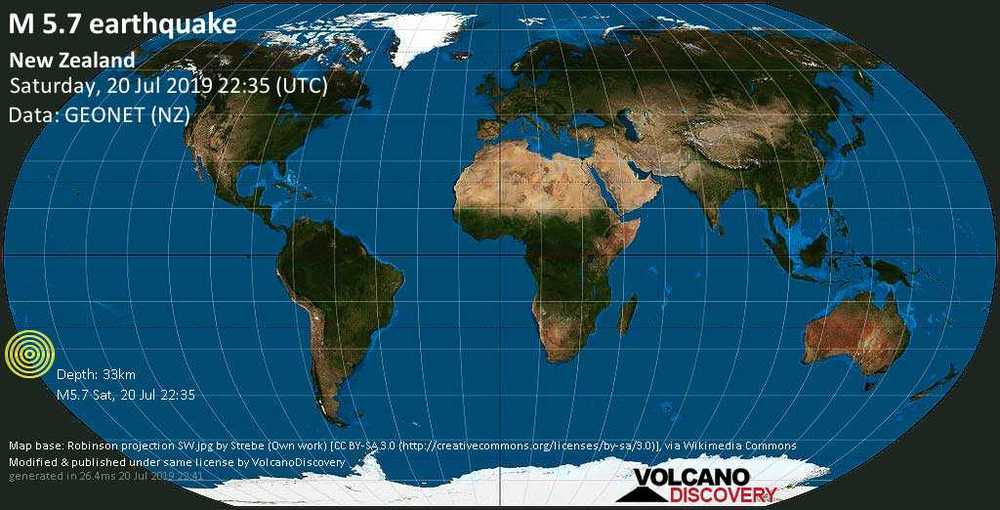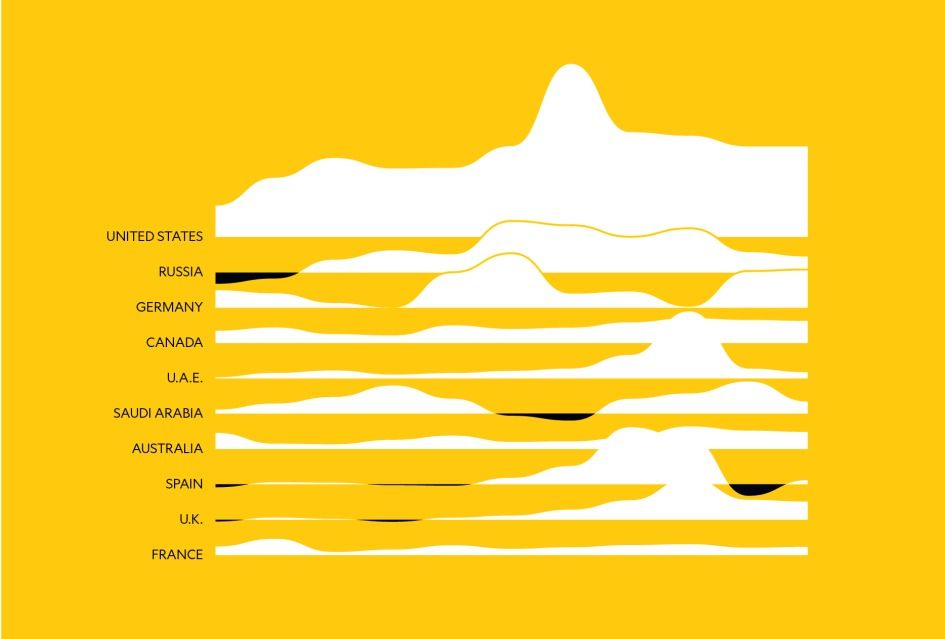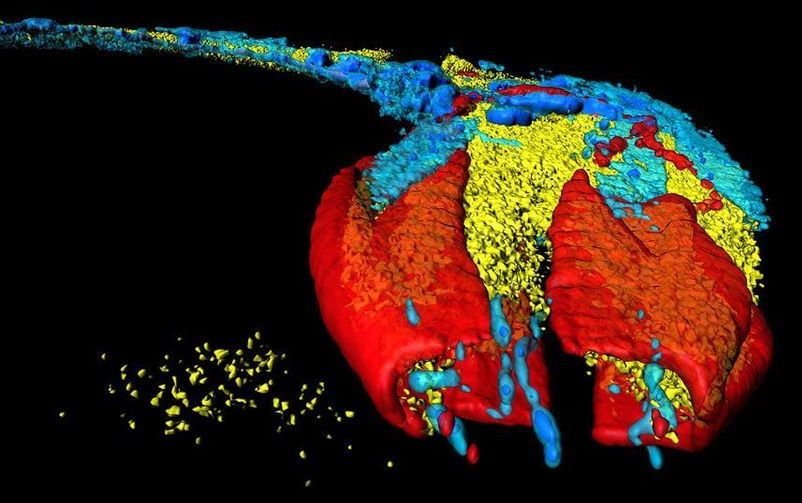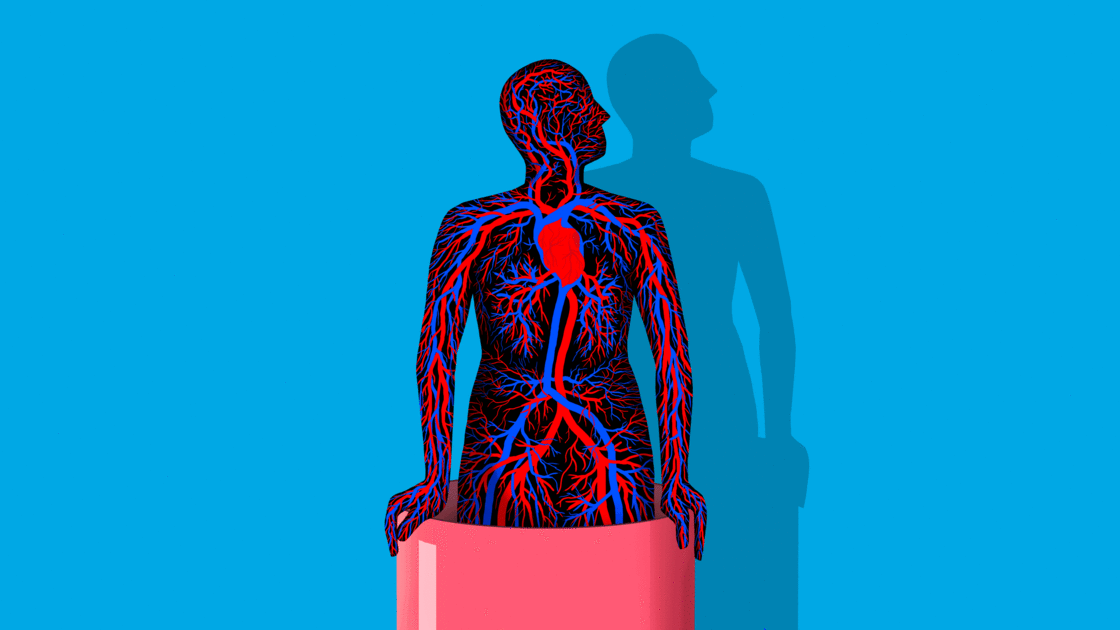Across the U.S., there appears to be a rise in cases of people contracting ‘flesh-eating’ bacteria. Experts weigh in on the cause of the bacteria and what families can do to stay safe while enjoying the rest of summer vacation.





The government has called a state of emergency in 12 districts across southern Peru as eruptions continue at Mt. Ubinas. Local governments are being overwhelmed particularly by health emergencies.
The eruptions of dense ash began before dawn on Friday, darkening nearby villages and spreading across four regions of Moquegua, Arequipa and Tacna. The Peruvian Geophysical Insitute, IGP, first issued a yellow alert but raised this to orange by noon as the eruptions increased. The ash will affect the health of inhabitants and also crops and grazing land, as winds spread the ash across the south and southeast of the region.
Emergency measures include immediate intervention of most government ministries, including Health, Agriculture, Transport and Environment. In earlier eruptions —most recently in 2013 and 2014— people from the villages close to the volcano had to be housed further away until the eruptions subsided.
Bose is known for its high-end speakers, but now it’s putting its tech into sunglasses.
This video is the eleventh in a multi-part series discussing computing. In this video, we’ll be discussing what cognitive computing is and the impact it will have on the field of computing.
[0:28–5:09] Starting off we’ll discuss, what cognitive computing is, more specifically – the difference between current computing Von Neuman architecture and more biologically representative neuromorphic architecture and how these two paired together will yield massive performance and efficiency gains!
[5:09–10:46] Following that we’ll discuss, the benefits of cognitive computing systems further as well as current cognitive computing initiatives, TrueNorth and Loihi.
[10:46–17:11] To conclude we’ll extrapolate and discuss the future of cognitive computing in terms of brain simulation, artificial intelligence and brain-computer interfaces!
Thank you to the patron(s) who supported this video ➤
Wyldn pearson collin R terrell kiyoshi matsutsuyu

For a humble, microscopic worm with only 302 neurons, C. elegans has had a lot of firsts. It was the first multicellular animal to have its whole genome sequenced. It was also the spark that lit the connectome fire—the revolutionary idea that mapping the entirety of connections among neurons will unveil secrets of our minds, memory, and consciousness. And if the connectomists are to be believed, a map of individual brains may be the blueprint that will one day hurtle AI into human-level intelligence, or reconstruct an entire human mind in digital form.
More than 30 years ago, a pioneering group of scientists painstakingly traced and reconstructed the roundworm’s neural wiring by hand. The “heroic” effort, unaided by modern computers and brain-mapping algorithms, resulted in the first connectome in 1986.
Yet the “mind of the worm” map had significant lapses. For one, it only focused on one sex, the hermaphrodite—a “female” equivalent that can self-fertilize. This makes it hard to tell which connections are universal for the species, and which are dependent on sex and reproduction. For another, because the effort relied entirely on human beings who get tired, bored, and mess up, the map wasn’t entirely accurate. Even with multiple rounds of subsequent refinements, errors could linger, which would royally screw up any interpretation of results using these maps.

